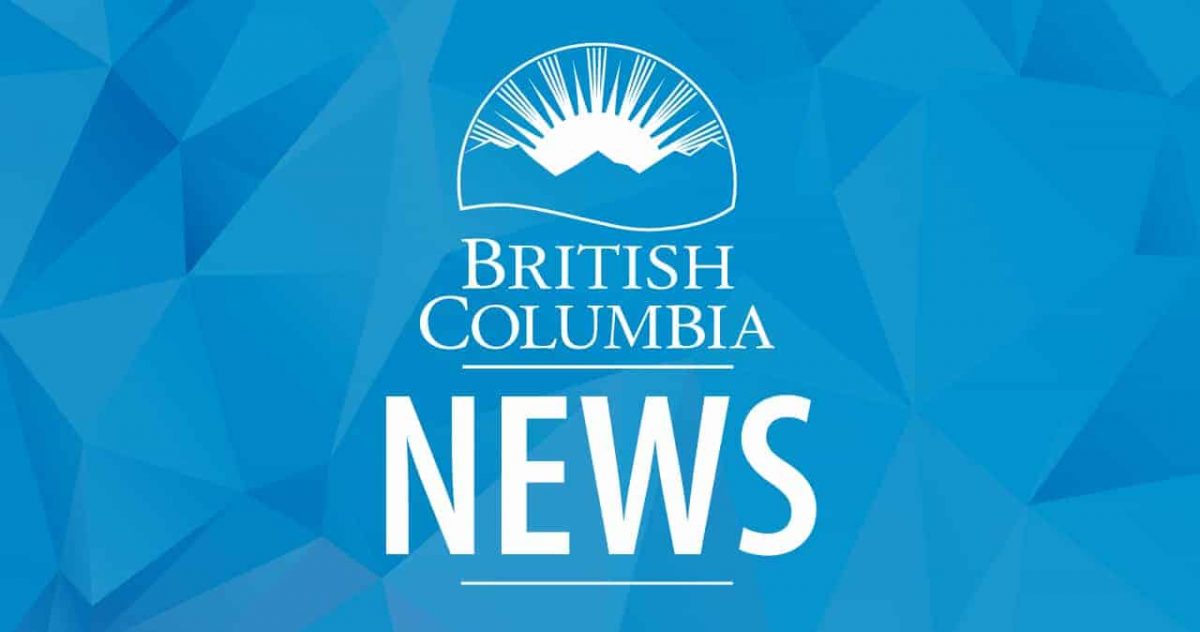
Wildfire-damaged wood recovery underway in B.C.
In a move to increase the use of wildfire-damaged timber and support land recovery, the Province has introduced new measures to streamline the salvage process, making it easier for the forestry sector to recover and repurpose damaged wood and regenerate the forests.
“Wildfires are increasingly having devastating impacts on our communities and economies,” said Andrew Mercier, Minister of State for Sustainable Forestry Innovation. “During my visits in forestry communities throughout the province, speeding up salvage is something I’ve been hearing a lot from people. Making the salvage of fire-damaged wood faster, easier and more economic means more forestry operations can access fire-damaged wood, supporting forestry-dependent regions and forestry workers.”
Changes to the Interior Appraisal Manual, effective April 1, 2024, have increased flexibility and established pricing policy for forestry operations and First Nations wanting to salvage wildfire-damaged timber in B.C. Salvage allows for quicker reforestation efforts and land recovery after wildfires. The updated pricing guidelines better reflect the price of wildfire-damaged wood in government’s stumpage fees and in the associated costs of salvage logging, making it more economic for businesses to salvage damaged wood.
“The pulp and paper industry has always used wood considered to be waste – sawdust, shavings, chips and others – to make household staples,” said Joe Nemeth, general manager, BC Pulp and Paper Coalition. “Wildfire salvage is yet another excellent, sustainable source of fibre. With government increasing the ability to access this burned timber, our mills, our employees and our communities have greater stability.”
In response to the 2023 wildfires, salvage cutting permits have been issued for almost 1.4 million cubic metres of volume – equivalent to about 28,000 logging truck loads of wildfire-damaged wood recovered. Wildfire-damaged wood is used by industries like the pulp and paper sector to make household items, such as paper, packaging and tissue paper.
Wildfire salvage opportunity agreements were created to increase salvage opportunities for First Nations in the forest sector and support timely salvage post-fire. Since agreements were established in 2022, First Nations have signed 13.
“Salvaging wildfire-damaged timber on a timely basis can help restore areas for wildlife and recreation, make communities safer, and provide residual fibre that can help sustain jobs and local economic activity,” said Linda Coady, president and CEO, BC Council of Forest Industries. “COFI’s members are encouraged by the efforts of Minister Mercier and the B.C. government to address expedited salvage of timber from damaged forests, including by bringing together First Nations, the forest industry, and subject matter specialists in the Wildfire Salvage Leadership Committee.”
The Province has also convened a wildfire salvage leadership committee, bringing together specialists across government, the forestry sector and the First Nations Forestry Council. The committee has developed key recommendations and set targets to improve the salvage of wildfire-damaged timber following wildfires. The committee is tasked with developing actions, overseeing their implementation, and measuring and reporting on salvage progress. A wildfire salvage guidebook is under development that will help guide people to better respond and recover from wildfires.
Quotes:
Thomas Hoffman, fibre manager, Kruger Kamloops –
“This government initiative will give the mill access to more fibre, which will contribute to sustaining our operations in the long run. Seeing partners working towards a shared goal and coming up with innovative solutions to support the industry, First Nations and the community is the way forward.”
Erik Kok, woodlands manager, Interfor, Adams Lake Division –
“We are very pleased to see the minister and his team paying attention to this important issue. We look forward to further solutions that will result in expedited fire salvage and the prompt reforestation of our forests.”
Kelly Johnson, president, Public and Private Workers of Canada (PPWC) –
“We’ve been fighting for big action on behalf of the forestry sector workers who are, right now, building the future of our province. Government’s changes to burned timber salvage is the kind of thing we’ve been fighting for and makes a huge difference in the lives of everyday working people in forests and mills throughout B.C. The PPWC looks forward to having more meaningful discussions with Minister Mercier on the revitalization of the forest industry in British Columbia.”
Jeff Bromley, wood council chairperson, United Steelworkers –
“Increasing salvage and lowering its cost is a major move following a year that saw both mill curtailments and record wildfires. For government to take quick action following a devastating year shows that the voices of forestry workers are being heard in Victoria. I look forward to seeing more action of this kind that will help our workers throughout B.C.”
Gavin McGarrigle, western regional director, Unifor –
“By making access to fibre faster, easier and more economically viable, we are not only supporting our forestry sector but also nurturing a landscape of renewal and hope in the face of wildfire challenges.”
Quick Facts:
- Initial estimates show 12-15% of wildfire-damaged areas from 2023 wildfires are available to salvage due to considerations, such as accessibility, damage, burn severity, retention areas and cultural values.
- On Feb. 26, 2024, the Ministry of Forests updated its forest cover inventory maps to reflect 2023 fire perimeters, enabling more accurate and faster salvage planning.
- Stumpage is a fee that businesses or individuals pay when they harvest timber from Crown land in B.C.
Learn More:
To view the Interior Appraisal Manual, visit: https://www2.gov.bc.ca/gov/content/industry/forestry/competitive-forest-industry/timber-pricing/interior-timber-pricing/interior-appraisal-manual
